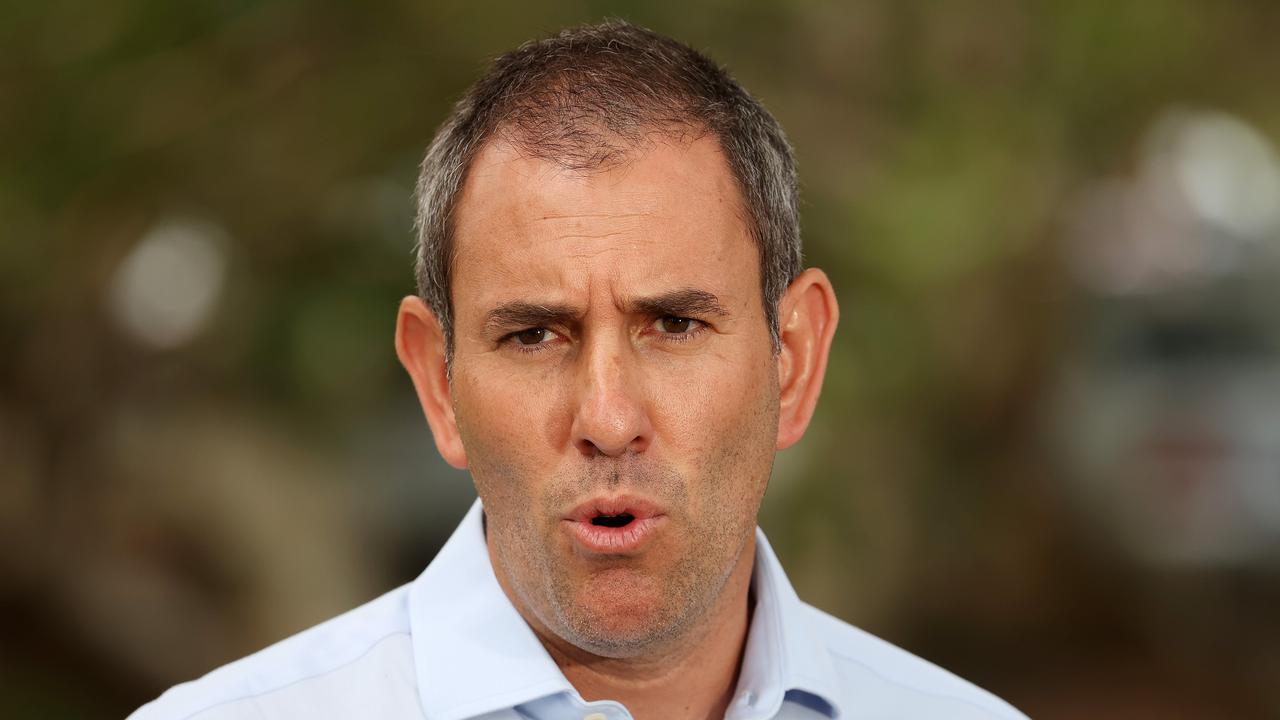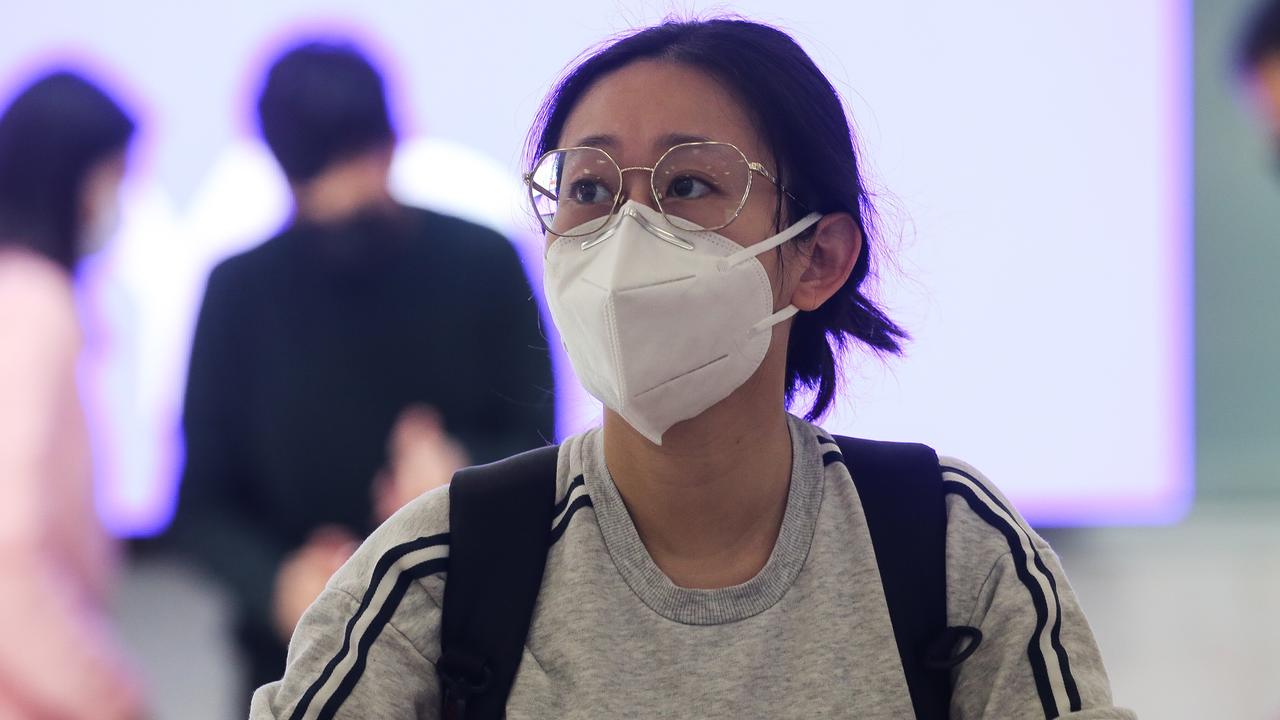Surge of migrants to Australia in post-Covid boom
Australia may face potential workforce shortages because of Covid and an ageing population, but migration is only part of the solution, the Treasurer says.
QLD News
Don't miss out on the headlines from QLD News. Followed categories will be added to My News.
There has been a post-Covid surge in migration to Australia after international students returned as orders reopened.
But the nation’s population would have grown by almost 500,000 people more by 2026 if the pandemic had not occurred and locked down international borders.
It is revealed as part of the annual population statement to be released in full on Friday.
Treasurer Jim Chalmers said that while Australia was facing a “crippling skills and labour shortage”, this would not be filled be migrant workers alone.

Migrants relocating to Australia are expected to reach pre-pandemic levels of 235,000 people a year from later this year, after restrictions on international borders gradually eased from November 2021.
It follows Australia recording a net overseas migration loss during the pandemic, the first time this had happened since World War II.
One of the strongest areas of recovery were international students, which saw a boom as students previously studying online and offshore were able to enter with easing border restrictions.
The number of international students in Australian increased by 122,000 in October 2022, compared with the year before.
This included a 36,000 or 90 per cent increase in Chinese students in Australia during that same time, despite tense relations between Australia and China.

The number of student visas granted between January and September last year were “higher than the corresponding period in any previous calendar year”, while working holiday visas granted have also surpassed 2019 levels.
The number of visas awaiting processing fell from almost one million in June 2022 to 872,000 in October 2022.
Mr Chalmers said while Australia faced potential workforce shortages from both the pandemic and an ageing population, migration was only part of the solution.
“Australia’s migration settings need to be sustainable, serve Australia’s national interest, and not be a substitute for training and building the capacity of our domestic workforce,” he said.
“Our approach addresses workforce shortages in a number of ways – making it easier for parents to work more if they want to, training more Australians for skills shortages which have been building for a decade, and to improve our migration program.”
He said there was a migration review being conducted by Home Affairs Minister Clare O’Neil.
The Albanese government recently increased the permanent skilled migration rate from 160,000 places to 195,000, while it kept the number of humanitarian visa places at 13,750.






